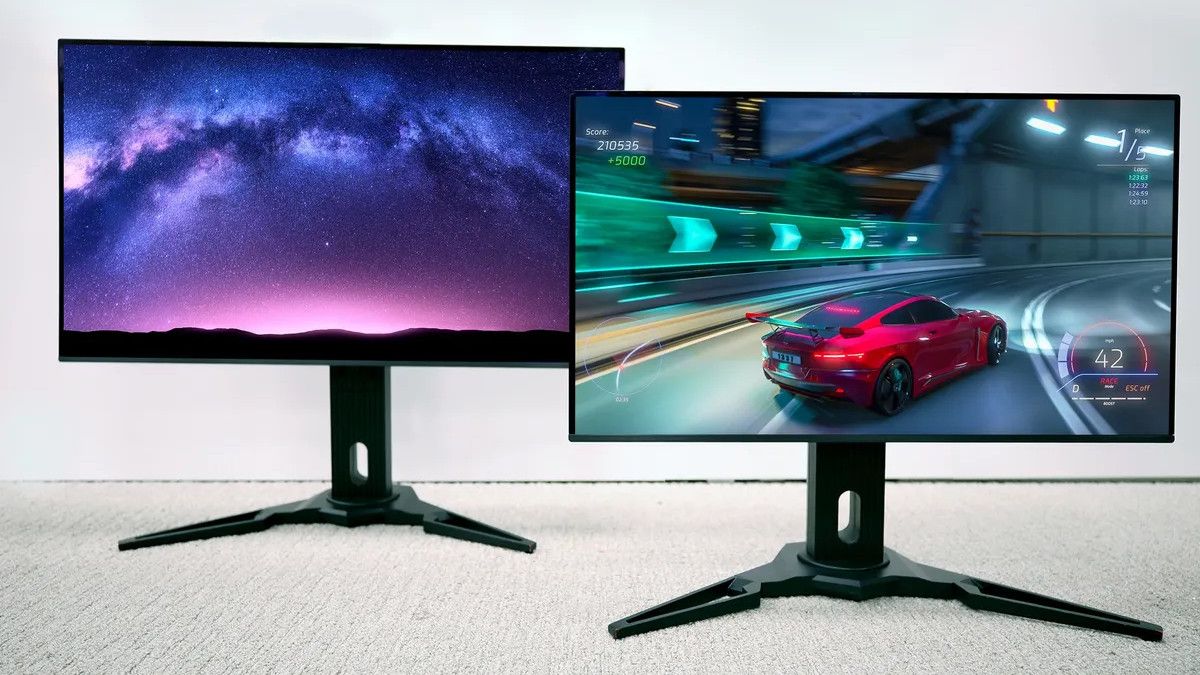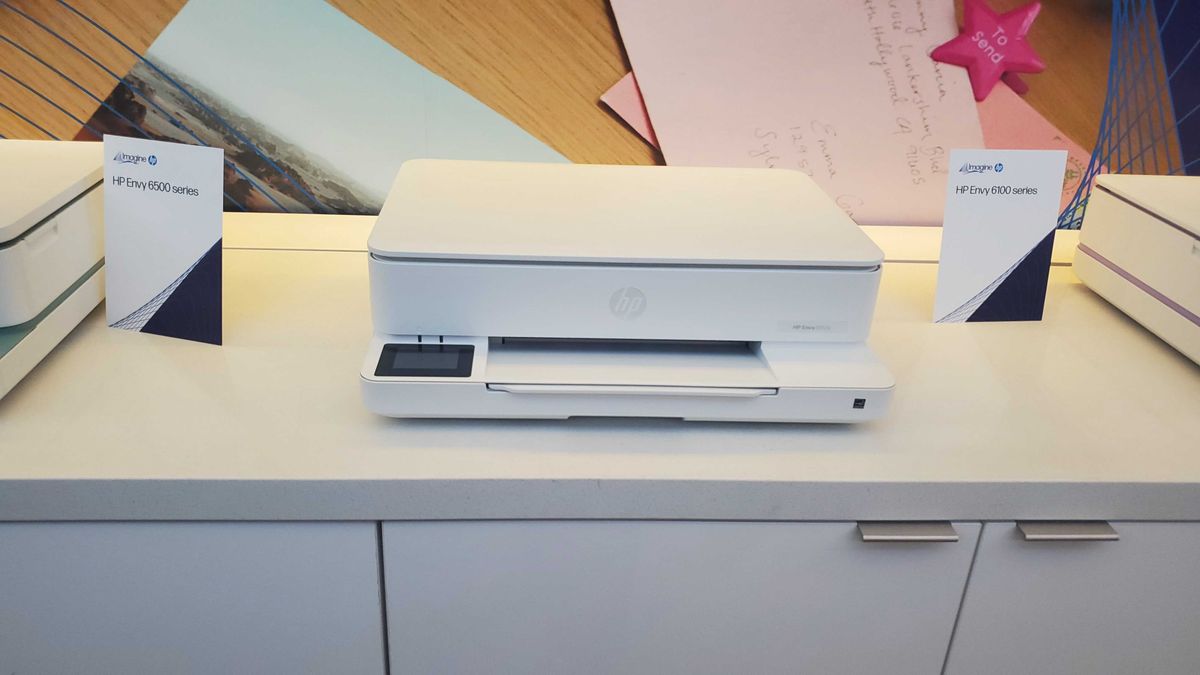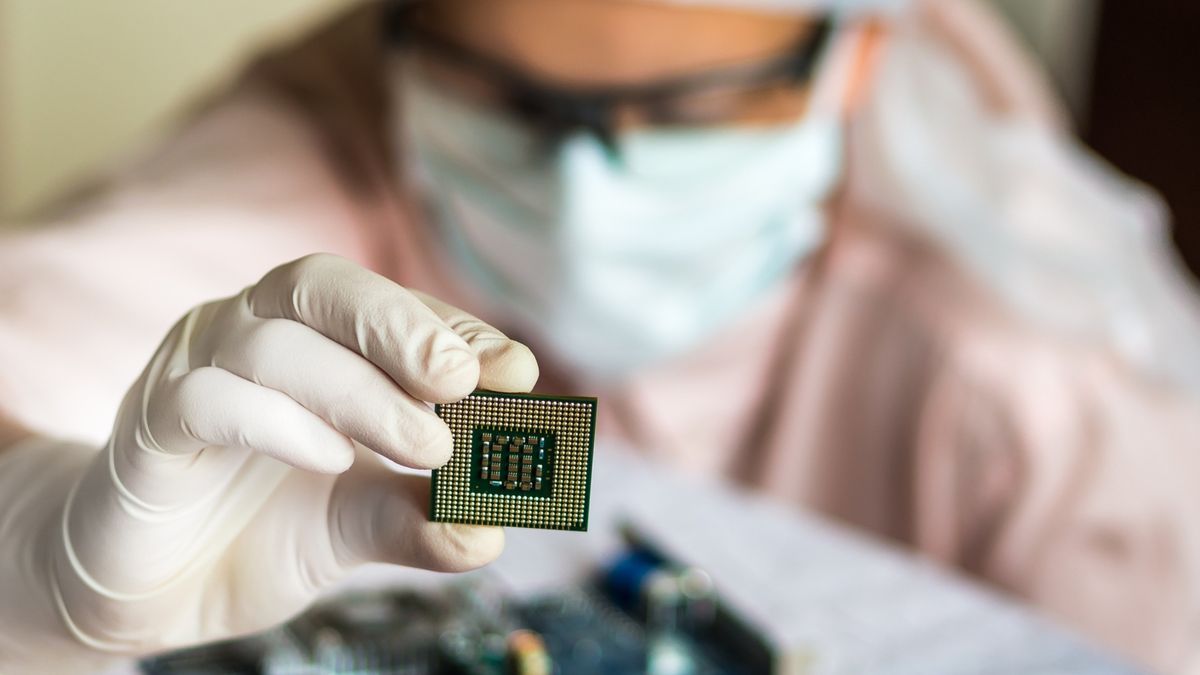Samsung has revealed a couple of new monitors – a 31.5-inch model, and 27-inch, both OLED panels – which sound pretty nifty indeed, and we can expect to hear more about them at CES 2024.
Specifically, they are QD-OLED (quantum dot OLED) monitors, and the 27-inch version has a 1440p resolution with a 360Hz refresh rate. The larger 31.5-inch panel sports a 4K resolution and a pixel density of 140 PPI (courtesy of an ‘ultra-precise inject printing’ technology, Tom’s Hardware reports).
The 27-inch QD-OLED monitor has a 0.03ms response time coupled with that 360Hz refresh rate, and apparently the latter was achieved using a proprietary AI algorithm (known as ‘Quantum Enhancer’). Samsung definitely sees this screen as a challenger to get on our list of the best gaming monitors.
Details are pretty thin on the ground at this point, but as mentioned we should hear more at CES next month – in fact, we’d be flabbergasted if we didn’t, given that Samsung is already priming these monitors for release.
Samsung says it has started mass production on the 31.5-inch monitor and we can only assume that the smaller 1440p model will follow soon enough behind that (fingers crossed).
Analysis: Taking the fight to TN
That 27-inch gaming monitor in particular has caused quite a stir, as a standard 16:9 OLED panel (not ultra-wide, and not a curved screen either, but flat) has been long anticipated at this size (and previously rumored). What’s really stoking excitement is the revelation of the 360Hz refresh rate here.
Remember that currently the fastest OLED panels top out at 240Hz, so this is a big leap in terms of the frame rate you can experience with an OLED monitor (a screen can only display high fps if it has a refresh rate to match what your PC reaches). There’s a lot of buzz about how smooth the gaming experience will be with this screen, and how it could compare favorably to even faster refresh rate TN (LCD) monitors.
We’ve got up to 500Hz (yes, you read that right) these days with the likes of TN panels from Asus, so a comparison with a 360Hz QD-OLED is something a lot of gamers looking for a high-end panel will be keen to see.
There remain concerns about burn-in with OLED monitors (and TVs), mind you, and how Samsung’s dealing with that issue will also be a keenly watched point of interest. Whether AI will come into play there, too, is something we’re equally keen to find out (as Gigabyte has already gone that route with new Aorus monitors).





